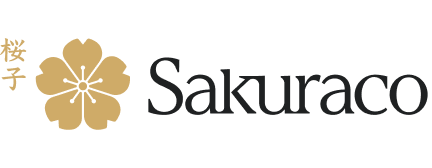okinawa cities, okinawa map
Okinawa Map: A Look at Some of the Best Cities!

Tokyo Terry
Posted on July 11, 2025
Share:
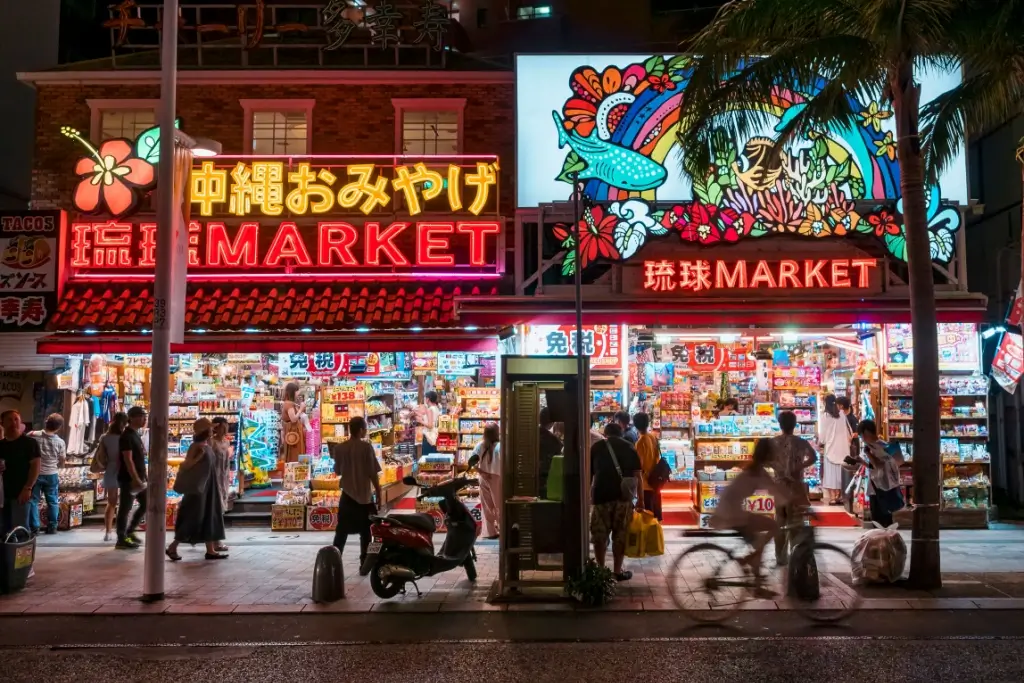
When looking at an Okinawa map, you can clearly see it’s Japan’s southernmost prefecture. It comprises a series of islands stretching from the main island of Okinawa to Yonaguni Island, a little over 200 kilometers from Taiwan. The group of islands was once an independent kingdom for over 400 years until it officially became part of Japan in 1872.
This ancient monarchy has deeply influenced Okinawa cities. Many began as simple fishing ports or agricultural and military centers. Today, each city has managed to respect its ancient traditions while embracing modern life, creating a distinct identity shaped by trade, conflict, and resilience. Today, we’ll learn why these cities, so far away from the rest of Japan, are worth the trip!
Naha: The Royal Capital
Naha is located near the southwestern tip of Okinawa, the largest island in the prefecture. Hundreds of years ago, it was the capital of the Ryukyu Kingdom, and it is still the capital of Okinawa Prefecture today. The city has been a cultural crossroads for centuries. And Naha Airport is still the first stop for visitors to the island chain.
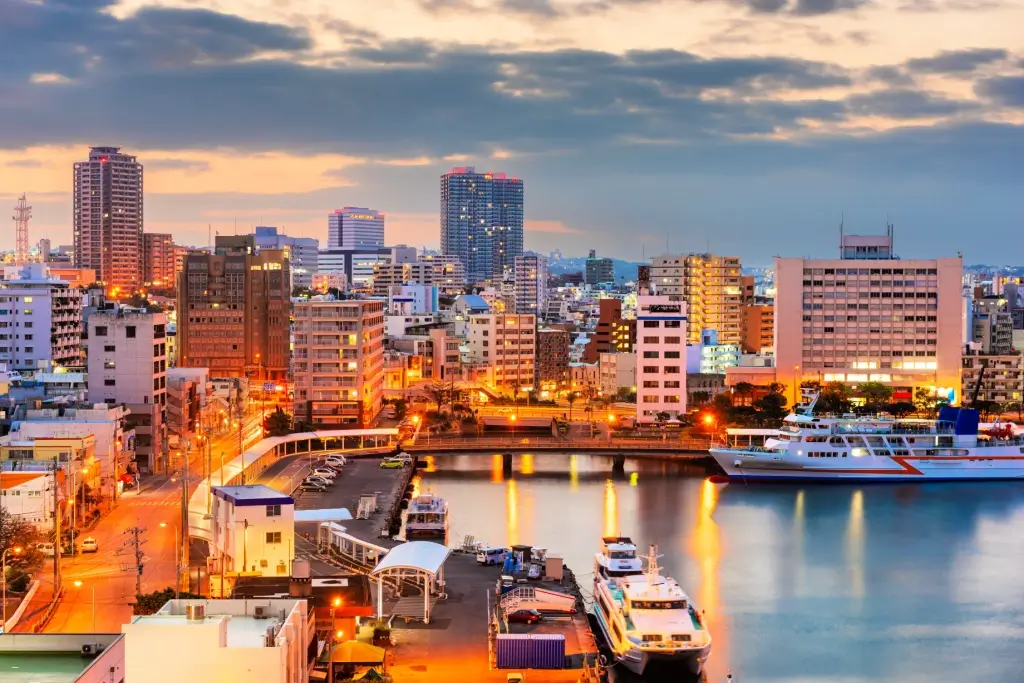
Nearby beaches like Naminoue make Naha perfect for combining city exploration and seaside relaxation. The city is small by prefectural capital standards, but a vibrant center of culture. Amongst its interesting mix of modern and historical buildings is the city’s crown jewel, Shurijo Castle. This UNESCO World Heritage Site stands on a hill overlooking Naha, serving as the Ryukyuan royal palace and a symbol of the kingdom until 1879. Reconstruction efforts are ongoing after a devastating fire in 2019, with completion set for 2026. Nearby, the Tamaudun mausoleum offers insight into the city’s history.
At its height, the former kingdom controlled maritime trade in East and Southeast Asia, and Naha’s port played a vital role. This maritime legacy still shapes the city’s cosmopolitan character. Kokusaidori Street is its bustling main strip, with numerous colorful shops selling chinsuko (shortbread cookies), restaurants, and live sanshin music spilling from izakayas. Tsuboya Yachimun Street and its pottery stores have a more local feel.
Ginowan: Modern Meets Past
Ginowan’s name is derived from the Japanese word for silver, “gin”. Naha’s northern neighbor was once a quiet village, but its strategic west coast location fuelled its growth in the years immediately after World War II. Since then, the number of military bases has increased, creating a cosmopolitan atmosphere.
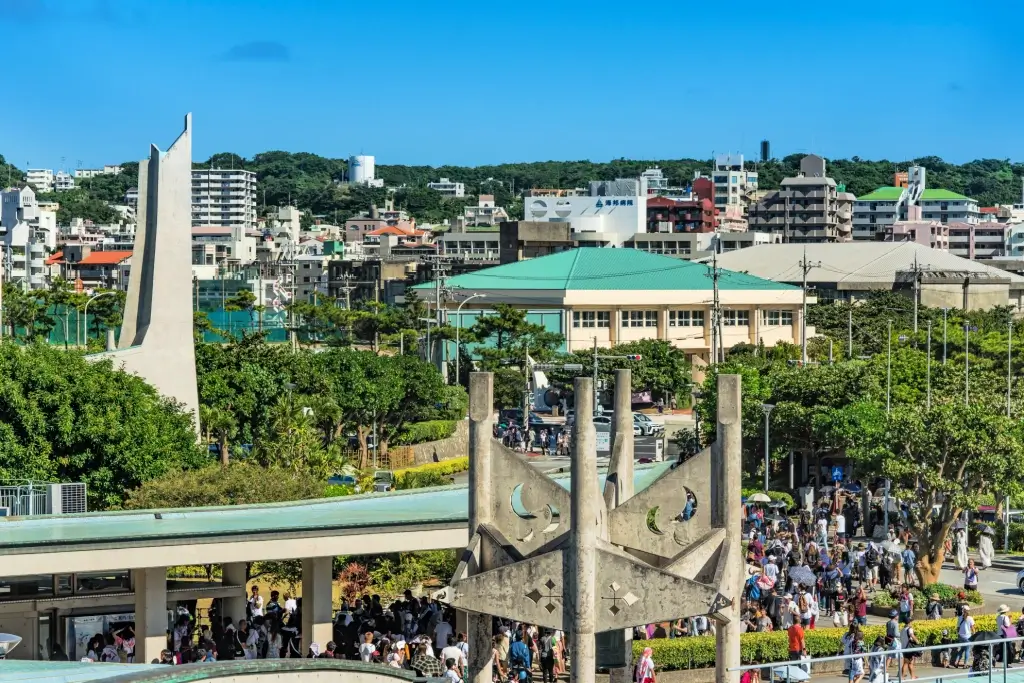
Ginowan’s Tropical Beach hosts numerous festivals and fireworks, supported by the municipal convention center. Supermarkets like SAN-A readily sell local goods like beni-imo (purple sweet potato). Futenma Shrine, with its sacred caves, provides a spiritual retreat. Ginowan’s mix of modern amenities and historical sites attracts diverse visitors year-round.
Are you looking for great snacks from popular places on the Okinawa map? Check out Sakuraco! Sakuraco delivers traditional Japanese snacks, teas, and sweets from local Japanese makers directly to your door so you can enjoy the latest treats directly from Japan!
Tomigusuku: Okinawa’s Rising Star
Tomigusuku is also located on the west coast, on Naha’s southern border. The name “Tomigusuku” translates to “wealthy castle”, a reference to the ruins of another castle on the banks of the Noja River. This city’s rich farmland and beautiful beach views have made it famous for mangoes and tourism.
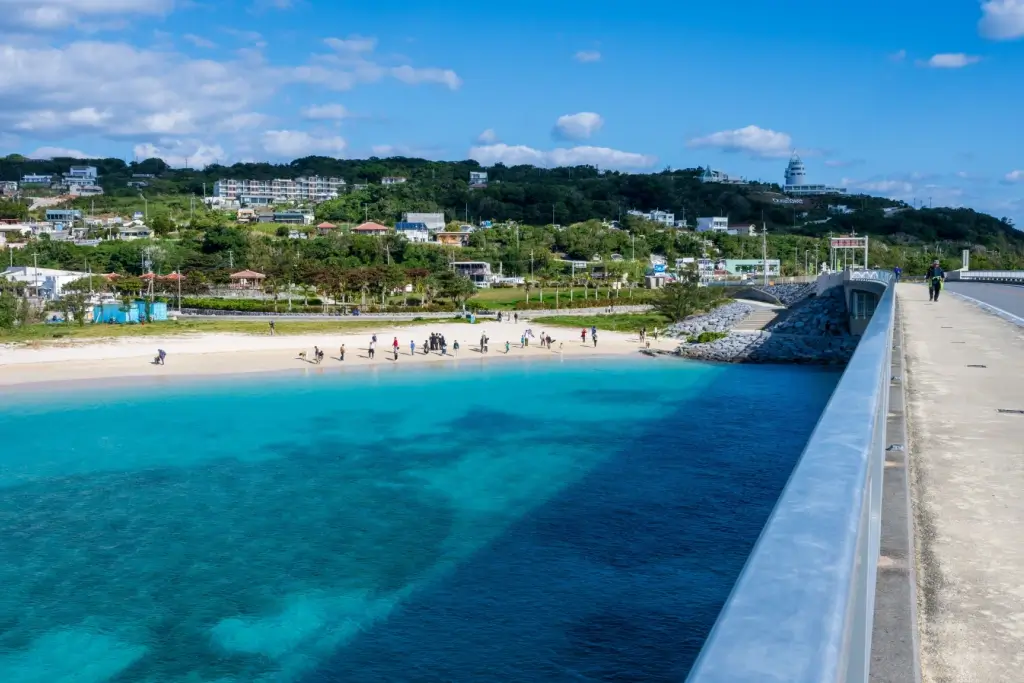
Its combination of urban and rural qualities has made it the prefecture’s fastest-growing city since 2002. Umikaji Terrace on Senaga Island and its oceanfront shopping is quickly becoming a popular tourist spot,
Uruma’s Coastal Heritage
Uruma is north of Naha, on the central eastern coast of the island. It was only recently established in 2005 by merging the smaller towns of Gushikawa, Ishikawa, Katsuren, and Yonashiro. “Uruma” means “coral island” in the local Okinawan dialect. The name describes its geography well; off its shores, the Yokatsu Islands are also within the city limits.
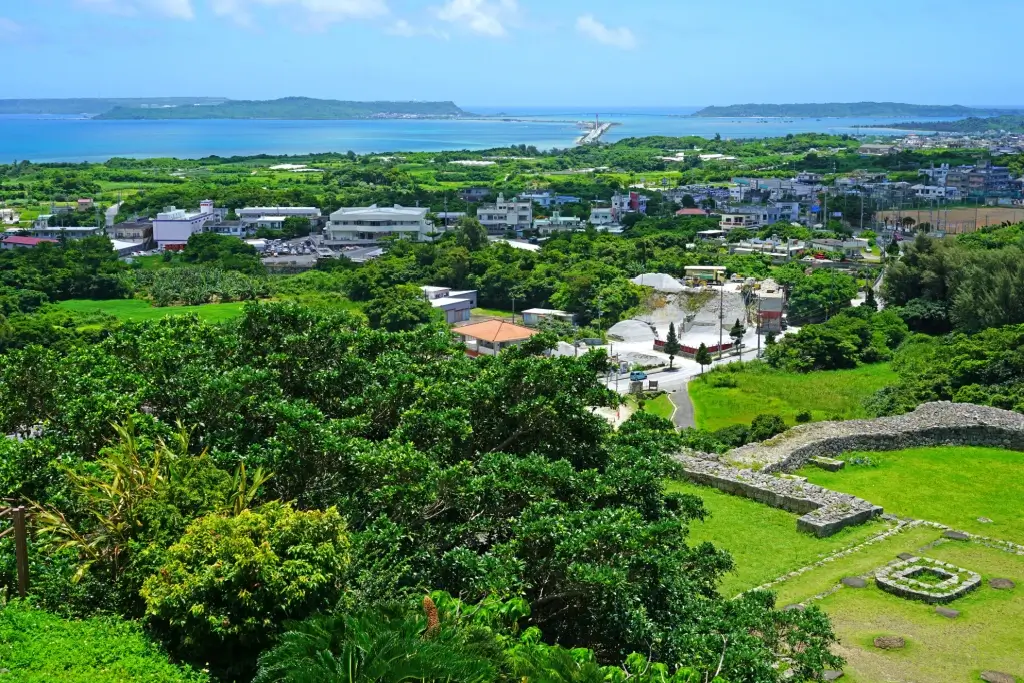
These eight tiny islands are accessible by bridges, with the scenic Kaichu Doro route being one of the most famous. The nearby 300-meter-long Uken Beach is perfect for swimming, camping, and strolling. Uruma is also known for its castle ruins. Katsuren Castle is another UNESCO site. This Pacific fortification helped control trade routes during the 15th century. Every year after Obon, Uruma’s Eisa festival draws crowds with its vibrant drum dances.
Why should I check out these cities on the Okinawa map?
These Okinawan cities have been becoming more popular lately because Okinawa, in general, is experiencing a “boom” in visitors. The full recovery of the tourism industry after the pandemic has steadily increased the number of visitors to the prefecture. Also, rising local land prices and more opportunities to work remotely are attracting residents from mainland Japan. Many hope to relocate or invest in property in developing cities like Tomigusuku.

Beyond tourism and real estate, Okinawa’s unique culture and history also contribute to its appeal. The region’s Ryukyuan trading heritage has created a space where outsiders feel welcome. However, traditional arts like pottery, dance, and music remain intact despite outside influences. Beautiful weather, scenic beaches, and a rural, coastal charm make Okinawa’s cities perfect for visitors. Every year, more and more people are exploring their charm! Which cities would you like to visit on the Okinawa map? Share your favorite experiences or travel tips in the comments! Let’s start a conversation about this tropical paradise!
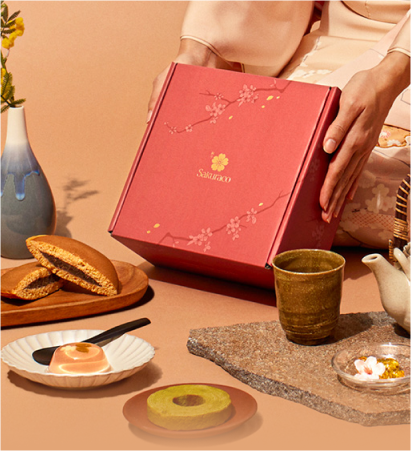
Discover authentic flavors with Sakuraco
Get Sakuraco 

Discover authentic flavors with Sakuraco
Get Sakuraco 
Related Articles
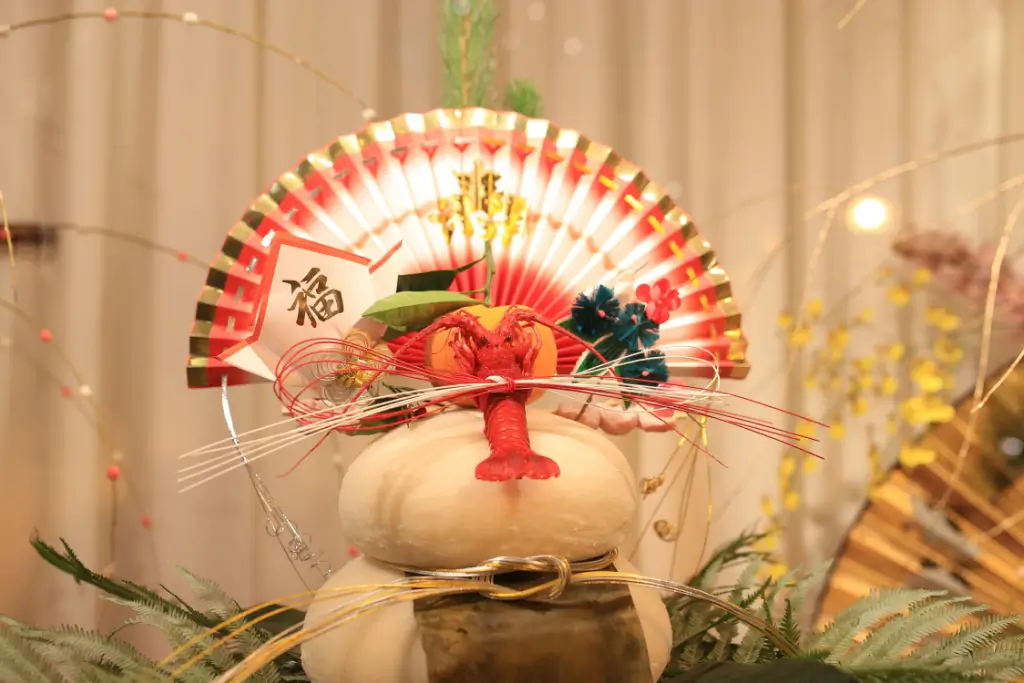
Toshigami and the New Year: How Shinto Welcomes a Sacred Visitor
In the Shinto tradition, Toshigami is the deity who arrives at the end of every year and remains through the New Year to bring blessings, a bountiful harvest, and good fortune. People in Japan honor Toshigami at the turn of the year with rituals, decorations, and special foods.
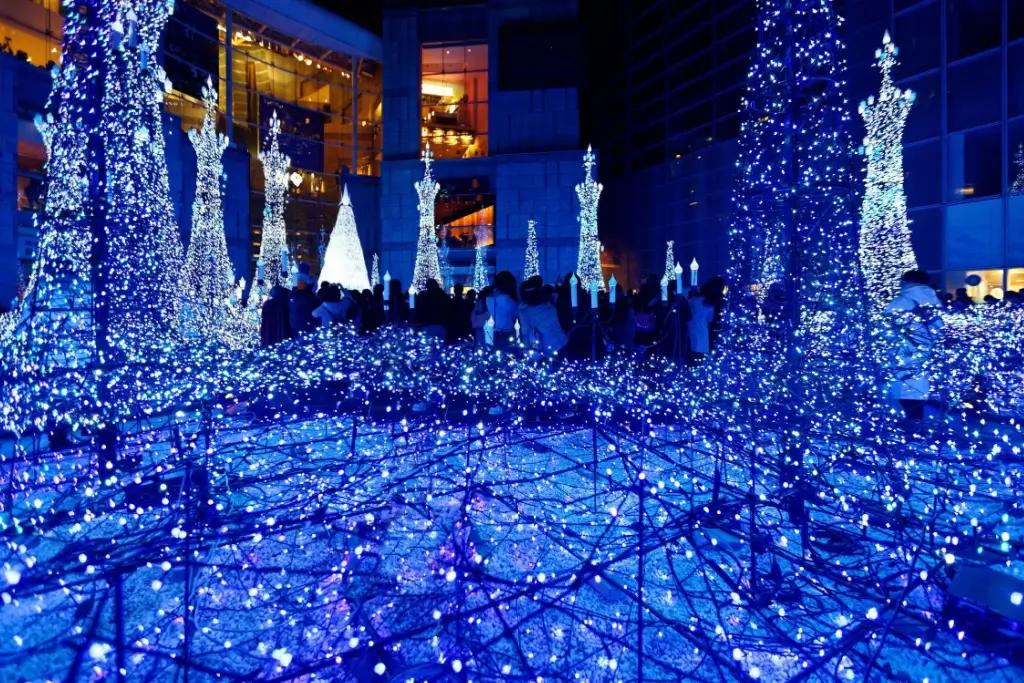
Japan in Winter: Why Are Illuminations Important?
Winter illuminations have become a tradition in Japan at the start of every Christmas season. Their sparkling brilliance chases away the cold of Japan in winter and encourages people to enjoy festive year-end activities. Let’s explore the origins and the amazing spots of winter illuminations in this beautiful country!

Behind the Camera with Rachel and Jun: Stories from Everyday Life in Japan
We had a lovely chat with Rachel and Jun about their story, from their early beginnings to how their videos continue to inspire people around the world. We’ve gathered and crafted their reflections into this special feature, so you can experience their story in a way that feels just like their videos: warm, genuine, and…
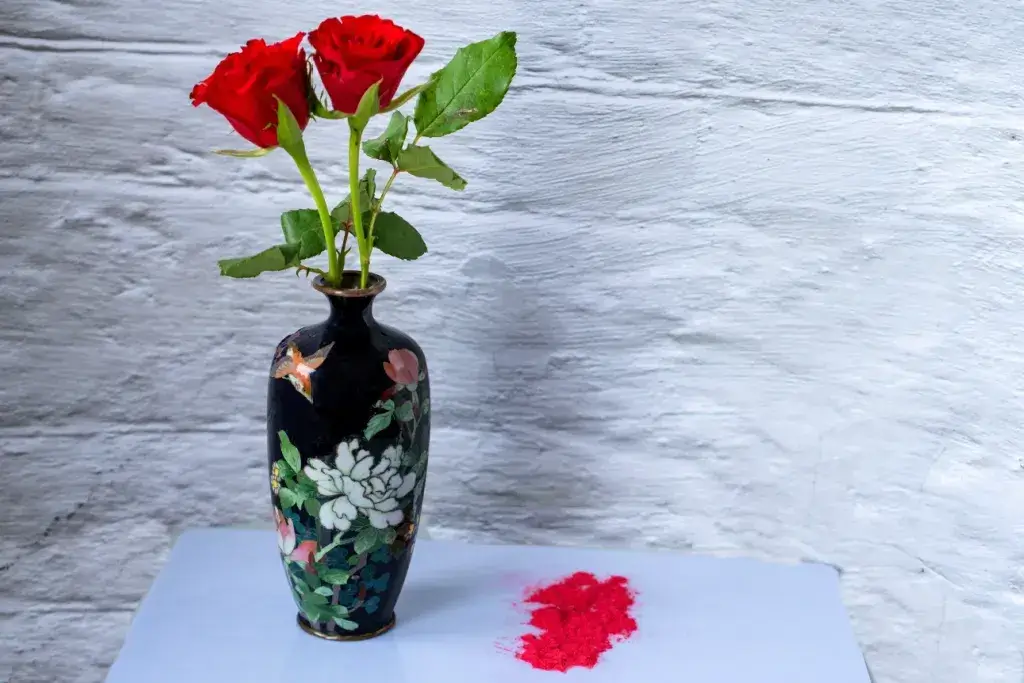
Japanese Ceramics: The Alluring Wares of Shippo Yaki
Imagine holding a small dish that glows as if sunlight is trapped inside it. This perfect example of Japanese ceramics resembles glass, with its colors deep and luminous, outlined with threads of silver. That’s the magic of shippo yaki.

